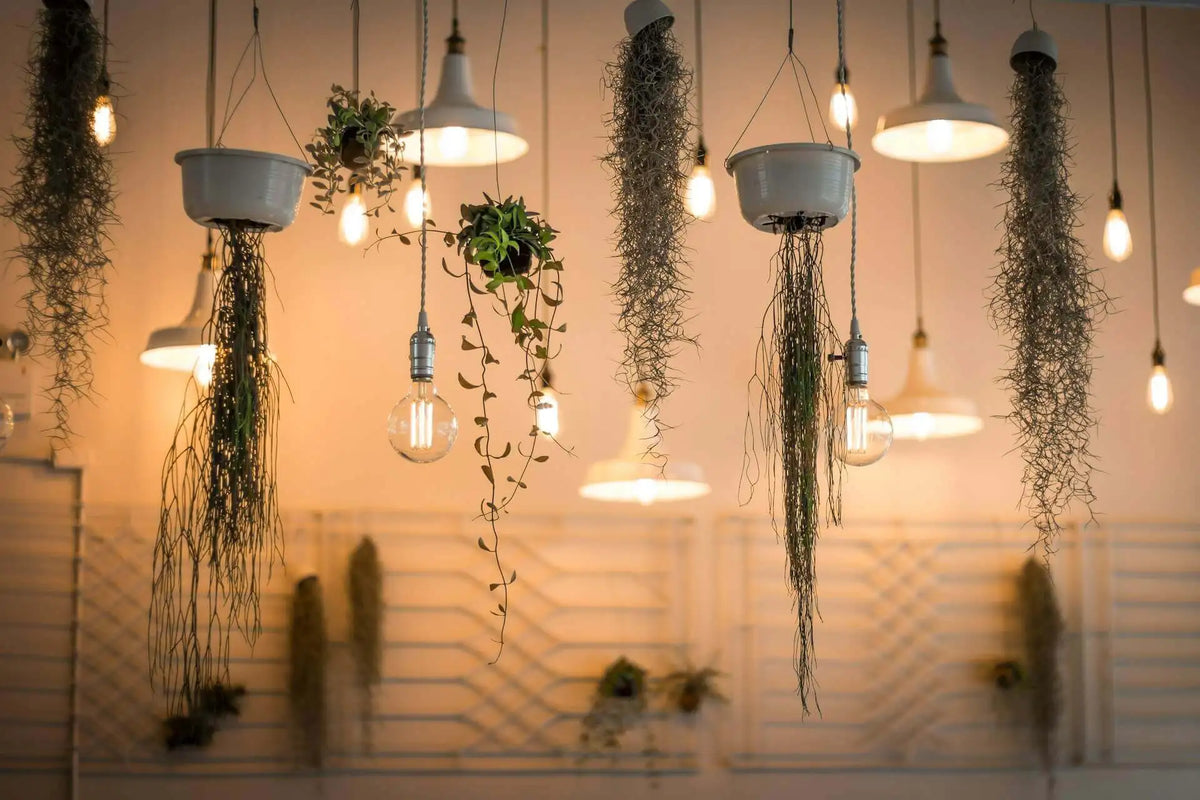First-time visitors to Georgia often want a clear, stress-free introduction that balances culture, nature and everyday comfort. Many begin in Tbilisi, where the airport sits close to the city centre and the compact Old Town allows easy walking between the sulphur baths, Narikala cable car and riverside viewpoints. Sustainable travel here means choosing walkable routes, local cafés and small hotels that support the community. Short trips to Mtskheta add historical depth without long drives, while Kakheti introduces wine traditions through slower, guided visits that reduce unnecessary transport. Some travellers combine Tbilisi with Batumi, using efficient internal travel rather than multiple flights. At Friendly Turtle EcoBlog, we encourage first-time visitors to travel Georgia responsibly by pacing itineraries, staying in family-run guesthouses, joining small-group tours and respecting local ecosystems. These mindful choices help reduce environmental impact while still offering a rich, authentic experience of Georgia’s cities, landscapes and traditions.
Share your articles with us and get published! Reach out at hello@friendlyturtle.com.
How to Reduce Your Home Security Light Energy Costs

Perimeter lighting is an efficient way to increase your home's security by lighting up the surroundings and discouraging unwanted intruders. However, traditional outdoor lighting has been until recently based on high-wattage, highly consuming incandescent or halogen bulbs that jack up energy consumption. With the increased environmental awareness, there is a trend among homeowners toward seeking and using energy-efficient alternatives which are effective in lighting and electrical consumption efficiently. Apart from energy saving, the popular alternatives are solar-powered lights and LED systems, which are considered more environmentally friendly and economical approaches to perimeter security.
Perimeter Lighting
Correct outdoor lighting has long been considered indispensable in maintaining a home and family safe and secure. On a well-lit perimeter, few or no hiding places are available to intruders; hence, the chances of approaching your property without being noticed remain low. Areas with bright lighting are also not as attractive to burglars or vandals since they know they are most likely to get caught with increased visibility.
Besides security, lighting along the perimeter accommodates safety for individuals who may be transiting the property in the dark. Well-lit driveways and pathways reduce accidents and make the outdoors more usable after dark. However, in keeping your property secure without having to pay too much in electricity, think about energy-efficient means of illumination.
Solar-lights
Solar lights are ideal for home use to cut down electric consumption and energy bills. In the principle of operation, sunlight is tapped from photovoltaic panels during the day, stored in batteries, and converted into energy that powers the light after dark. Since they don't need to tap into the electrical grid, solar lights are entirely independent of your home power supply; hence, they are energy-efficient and eco-friendly.
Another big plus concerning solar-powered lights is their ease of installation. Since they are wireless, they may be installed anywhere around your property without any difficulties or obstacles in areas where it could be very hard for a normal wired system to install. For that reason, they are especially suited for large estates, grounds, or even rural areas.
While there is a need for enough sunlight to charge the batteries of solar-powered lights, modern systems of solar lighting are designed in such a way that even their panels can provide energy to the system on a cloudy day. They also have long-life LED bulbs that use very little energy, which helps to keep the lights glowing during night and saves energy for the same. Although these solar-powered lights are costlier than the conventional lighting, savings entailed by them in energy bills and their less frequent maintenance make them a good investment for long-term use.
LED Lighting
Another energy-efficient solution for lighting perimeters is the application of LED bulbs. They are considered one of the most energy-efficient light types that use up to 90% less electricity than traditional incandescent bulbs. With such a high reduction in energy usage, you can be positive about customizing lights on your property without experiencing high costs of electric bills.
Some of the other advantageous qualities of LEDs are that they are incredibly durable, with average running hours ranging from 25,000 to 50,000 hours. This means fewer replacements, which in turn reduces costs and time devoted to maintenance. Another added advantage with LED lights is that their light is so much stronger and focused compared to regular bulbs that it adds greater security by allowing clear visibility in one's surroundings.
Smart lighting automatically turns on at sunset and then off at sunrise, avoiding the possibility of lights staying on throughout the day. Most smart home security systems also come with a motion detector that turns on only when movement is detected, hence saving energy by enhancing security. Some of these systems can even be connected to your smartphone and alert you in real time if anything irregular is happening, and you can take action upon it immediately, whether you are home or on the other side of the world.

Cost Efficiency and Ecological Balance
Meanwhile, shifting to energy-efficient perimeter lights would significantly lessen the homeowner's monthly electrical bills. Solar-powered lights save all electrical costs since they make use of free solar energy, while LED lights drastically reduce energy consumption with their low-watt bulbs. Both of these options require less maintenance and last longer compared to more traditional lighting, adding to the savings over time.
In addition to these financial savings, solar-powered and LED lighting systems reduce ecological impact. Solar-powered lights operate on renewable energy, therefore reducing the amount of biofuel used, while LED bulbs use substantially less wattage, consequently reducing overall energy consumption and, subsequently, greenhouse gas emissions. Homeowners going for energy-efficient lighting to keep their property secure can assist in building a greener, more sustainable future.
Conclusion
Energy-efficient solutions for periphery lights come in the form of systems such as solar power and LED bulbs, which ensure a better method of securing your property while using minimal energy. Solar lights offer an eco-friendly way without use of the grid, and LED lights boast long-life, low-power performance while offering further flexibility in motion-sensor or smart technology applications. With these newer forms of lighting, one can have a well-lit and safe perimeter without setting them back much in terms of their footprint on the environment and reaping long-term economic benefits due to their energy efficiency.
0 comments
Let customers speak for us
Blog posts
A calm, multifunctional garden can be more than a pretty backdrop it can become a practical extension of your home that supports slow mornings, outdoor meals, and genuine downtime. In this Friendly Turtle EcoBlog guide, we look at simple, sustainable ways to shape an outdoor space that feels organised, welcoming, and easy to use throughout the week. Start by creating clear “zones”: a quiet seating corner for reading, a dining spot for relaxed lunches, and a flexible open area for play or potting. Light-touch structures, such as an airy pergola or a sheltered veranda, add definition without blocking daylight, making the garden usable in changeable weather. Keep the mood restful with layered planting: evergreens for year-round structure, seasonal flowers for colour, and lightly scented herbs near paths. Choose reclaimed or recycled materials where possible, add soft warm lighting, and reduce water waste with mulch and a simple rainwater butt. The result is a garden that feels calm, functional, and kinder to the planet.
Finding the right mental health support in Woodland Hills starts with checking credentials, treatment approach and access to care. Look for licensed clinicians with training in evidence-based therapies such as CBT or DBT, and ask whether programmes offer coordinated psychiatry, talking therapy and crisis support when needed. The best providers also explain your options clearly, from outpatient sessions to more structured day programmes, and may include complementary practices that support recovery, such as mindfulness, movement and nutrition guidance. At Friendly Turtle EcoBlog, we often explore how everyday choices shape wellbeing; this guide applies the same practical lens to mental health care, helping you compare services, understand what ‘holistic’ really means, and choose a setting that feels safe, respectful and tailored to your needs. It also highlights practical questions to ask about availability, confidentiality, fees and insurance, so you can make a confident, informed decision.



